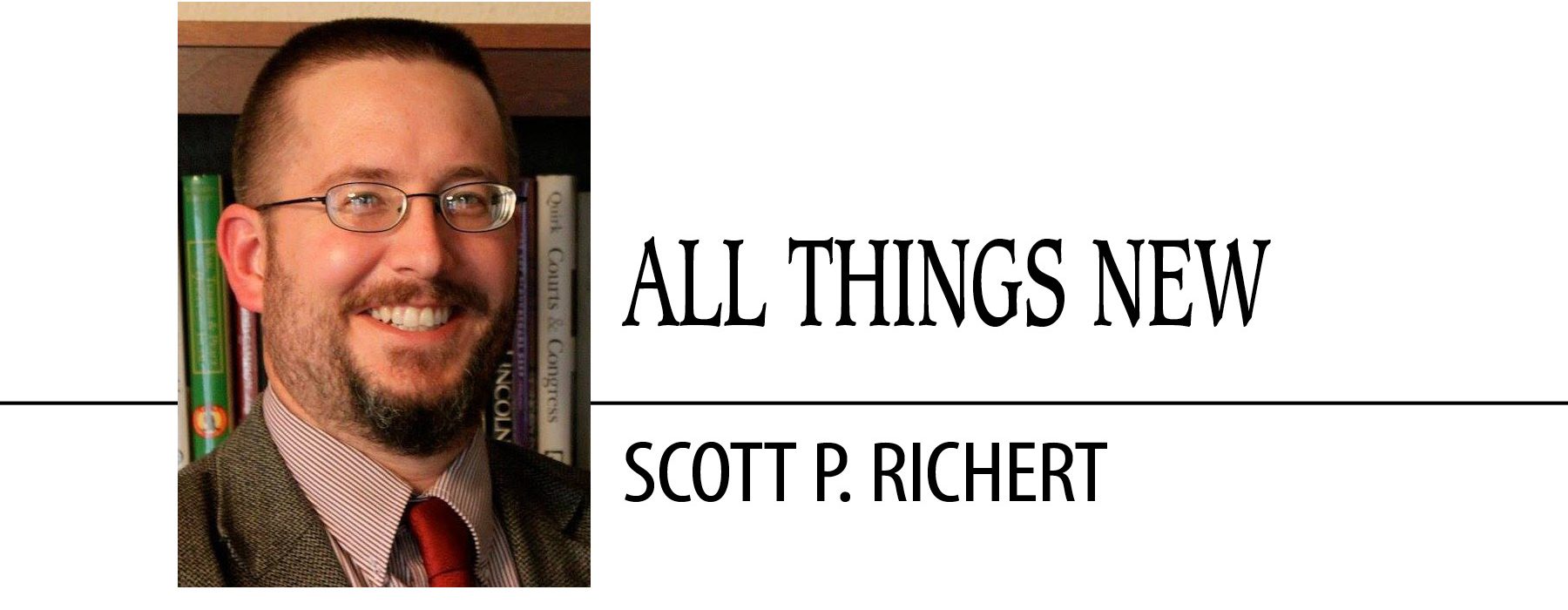March 29, 2022 // Perspective
A mess of our own making
Every parent has heard his or her child cry out in the night and rushed to find out what is wrong. “There’s a monster in the corner!” your daughter says, and to calm her down and reassure her, you turn on the light so that you both can see. There is no monster, you explain; just the clothes that she was supposed to put away piled on the floor, gathering dust and wrinkles.
Children have active imaginations, and darkness, in particular, seems to put those imaginations to work. Light can reveal the truth, but if you turn the light back off without putting the clothes away, your child’s fear that the misshapen pile in the corner has a less mundane explanation may be quick to return.
As we grow older, we convince ourselves that we’ve left monsters behind, but in the shadowy corners of our minds lurk misapprehensions and even outright lies, the detritus of an untidy culture that too often fears the light more than the monsters of its own making.
As the linguist and philosopher Owen Barfield, friend of C.S. Lewis and J.R.R. Tolkien, reminds us, because we are in the world, we can only see it from the inside out. And here on the inside, our common language and cultural experiences shape our understanding of just what, exactly, it is that we are seeing. The widespread loss of belief among even practicing Catholics in the Real Presence of Christ in the Eucharist stems at least in part from the reality that we look at the host through different eyes than did previous generations — eyes less suffused with the light of faith.
The flipside of children’s active imagination is the reality that, as the Canadian novelist Robertson Davies once wrote, children are “literal-minded toughs.” Turn out the light without putting the clothes away, and the monster, as I said, is likely to return. Once it has taken root in his or her mind, the mistaken apprehension becomes the child’s literal reality. That the misshapen pile in the corner is, in truth, a sign of something else — of clothes, certainly; of bad habits, maybe; and perhaps of outright disobedience of the mother who told the young boy to take his clean clothes to his room and put them away: That is something that can only be explained while the light is on.
In a world suffused with the light of faith, we can more easily see the body behind the bread and the blood behind the wine. In the twilight of our God, we see only bread and wine, while the corners of our mind are increasingly marked “hic sunt dracones” (“Here there be dragons”). We are convinced that we can see things that our ancestors could not, that the shadows that have crept slowly across the shared landscape of our minds reveal rather than conceal. The light of old truths fades away, replaced by the darkness of new lies.
St. Paul knew that he saw “indistinctly, as in a mirror;” but he longed to see one day face to face. That longing stemmed from faith, was fed by hope and culminated in love: love for the one true God, whom he would one day “know fully, as I am fully known.” We, too, see indistinctly, but we prefer the darkness to light, the lies of our own making to the truth revealed by the maker of the world.
Yet truth still cleaves the darkness like a sword, and it cuts through our hearts, too. The problem today is not that so few people defend the truth because the truth, since it is true, needs no defense. The problem is that so few of us are willing simply to proclaim the truth, finding it easier to go along with those who see a monster in the corner than to explain that what they’re seeing is nothing more than a mess of our own making.
Scott P. Richert is publisher for OSV.
The best news. Delivered to your inbox.
Subscribe to our mailing list today.






